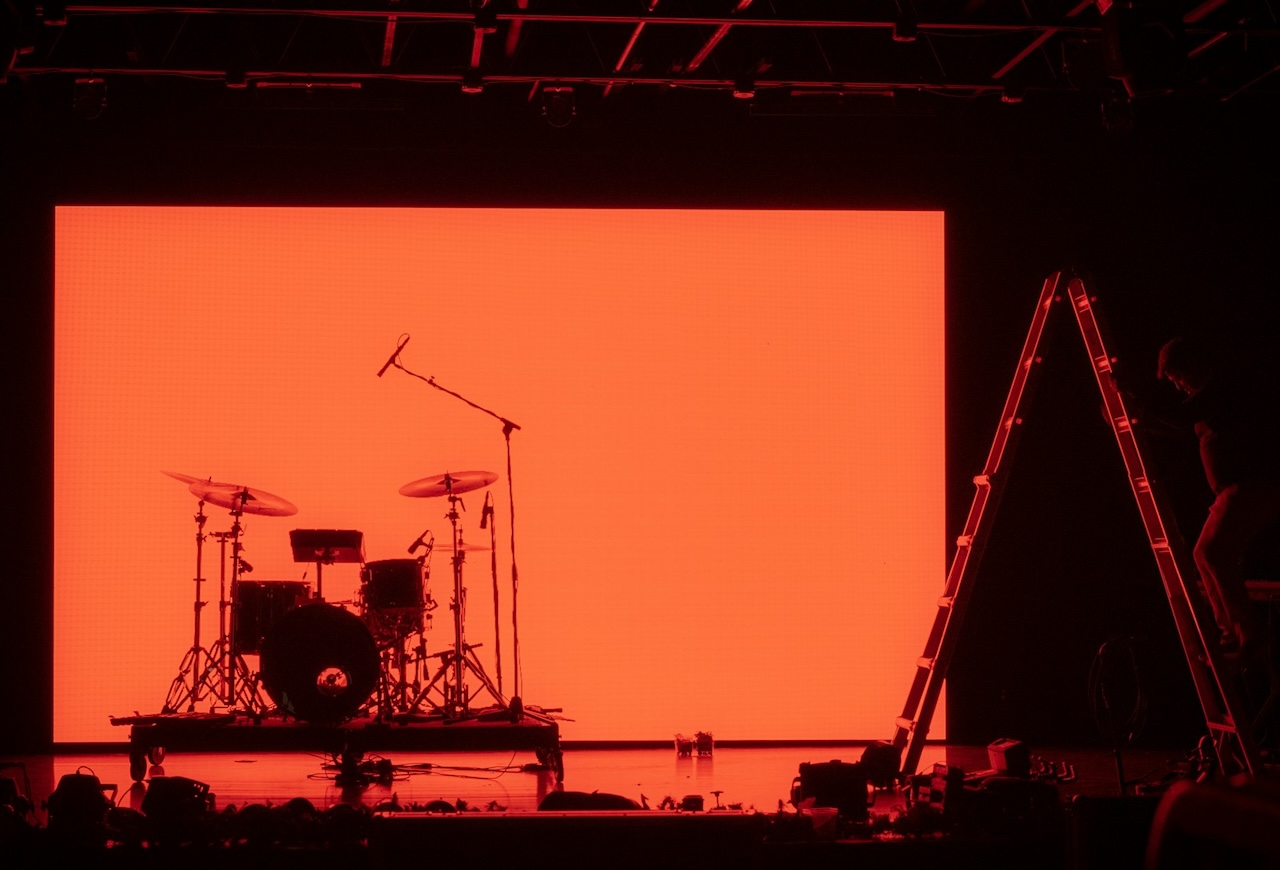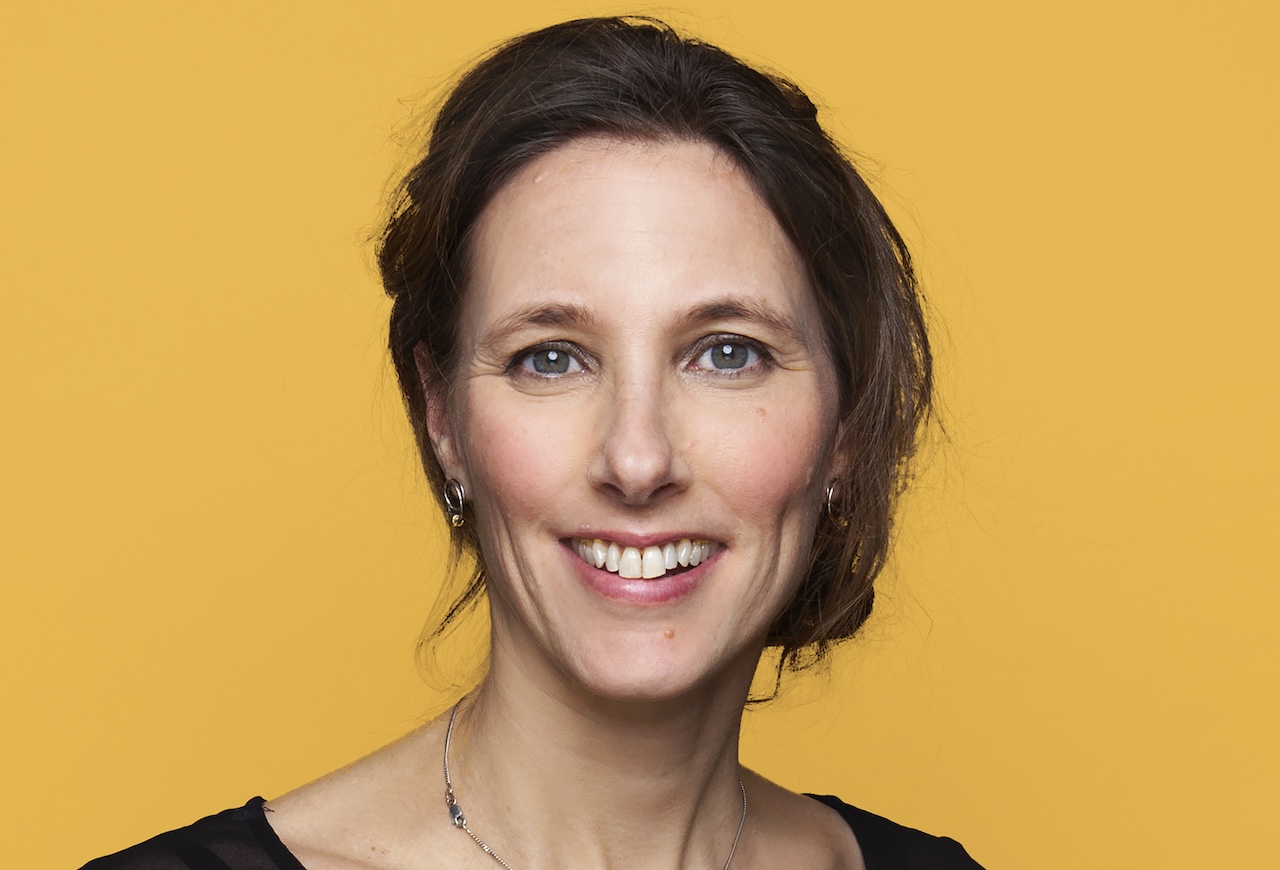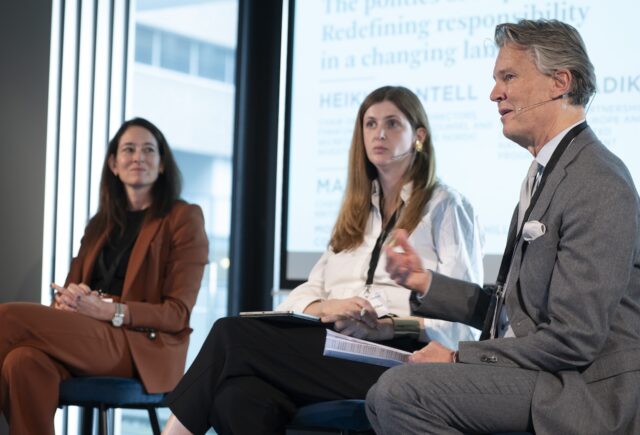Impact investor DOEN Participaties has published a study on impact investing in the cultural and creative sectors highlighting the need for alternative financing models beyond subsidies and philanthropy.

DOEN Participaties, the social investment arm of the DOEN Foundation, which is financed by the Dutch postcode lottery, has published a feasibility study on impact investing in the cultural and creative sectors, which they say have received little attention from impact investment funds to date.
The study, undertaken by independent researchers, examines whether impact investment could be a suitable form of financing for these sectors in the Netherlands and whether there are enough investable opportunities with impact potential.
The researchers identified six areas of opportunity for impact investing including into new materials and crafts, ethical fashion, social design, cultural spaces, cultural productions and expression, and ‘the culture’. The latter describes a movement of mainly urban entrepreneurs from diverse ethnic backgrounds who are trendsetters across a range of cultural and creative spheres.
The study found there is sufficient deal flow in the Netherlands for impact funds to focus investment across these areas but recommends that funds, especially those with a narrower focus, consider broadening their geographical reach and invest across Europe.
Speaking to Impact Investor, Mirjam Niessen, principal for impact investment at DOEN Participaties, explained that investment in culture and creativity, one of three verticals identified in the DOEN Foundation’s mission, was missing from its impact investments.

“It is difficult to invest into an artist. You can give grants but we wanted to know if it was possible to make an equity investment into the creative sector”, she said, citing this as the first of three questions the company wanted the study to answer.
“We also wanted to know if there were impact funds already doing this, there are not, and if we were to set up a dedicated impact fund, what would these entrepreneurs need?,” she added.
The study’s authors offer suggestions for different fund structures to meet the various challenges in each of the areas identified, including, among others, a place-based fund for urban culture and a real estate fund for free cultural spaces. They also put forward a range of strategies to mitigate risk and maximise impact in the sector.
Financing landscape
In the Netherlands, the government remains the primary financier of the cultural and creative sectors. Private funds also play an important role, with €283m in cultural funding originating from private sources in 2022 and there are several loan facilities available, with Triodos Bank recognised as the specialist bank in this area.
But in the area of risk capital there have been relatively few venture funds investing into the equity of enterprises and projects in the cultural and creative sectors to date.
Niessen said the aim was not to replace public funding, with some creative and cultural enterprises not suited to venture capital investment, but stated that there was a clear funding gap for artists who work at the intersection of impact and creative value and have a business model that could benefit from impact investments.
“Grants and investments can exist next to each other. We just felt it was a pity there was so little private funding available from impact equity instruments for artists who wanted to have a business model or who already have a business model,” she said.
The impact of culture
One area of investment identified by the researchers is helping cultural organisations to acquire collective ownership of buildings and land or to fund renovation and construction projects, ensuring the long-term sustainability of cultural hubs such as music venues and open-air cinemas.
Another area is investment into enterprises led by artists, designers and architects revitalising traditional crafts such as ceramics, woodwork and glassblowing, while simultaneously developing and testing new materials, techniques and technologies, which the authors said is accelerating the transition to a circular economy.
All six areas identified for investment were seen to demonstrate potential to generate transformative impact, have inherent cultural value and offer a solid revenue model, which the researchers said made them suitable for investment by an impact investment fund. They also highlighted the financing needs of each one and made suggestions of how an impact investment fund could focus on supporting them.
Niessen said DOEN Participaties planned to use the findings of the study to develop an impact investment vehicle dedicated to investments in the culture and creative sectors but added it was too early to say what form this might take or when it would be launched.
“I can say that we won’t fund the dancing school around the corner even if it has great cultural value but doesn’t have an impact. The fund will be at the intersection of impact, business and creativity,” she added.
Growing sector
Although the cultural and creative sector remains relatively small in scale, the study found that the number of people working in the sector in the Netherlands has grown by 2.9% on average per year between 2019 and 2022 compared to an annual average growth rate of 1.9% over the same period for the economy as a whole.
Niessen said there were many opportunities for investment and hoped other impact investors would follow suit.
“The good thing about venture is that you’re never in competition so if someone else wants to copy our idea, that’s great,” she added.
For the purposes of the study, the researchers use a definition of the cultural and creative sector taken from the Culture Monitor, a Dutch organisation which gathers and analyses data on cultural life in the Netherlands. This definition excludes creative industries such as newspapers and press, radio and television, and marketing and advertising agencies.





